- JAPANESE
- LANGUAGE
X
 THAT IS GOOD
THAT IS GOOD
Introducing local works of Jin Katagiri’s birthplace “Kasukabe City, Saitama Prefecture”.
This work was opened to the public at the “*Giri Ten” held at AEON MALL Kasukabe in March 2018.
*Giri Ten : An exhibit with pieces which Jin Katagiri produced over 20 years.
Title “Katagiri Tansu” ※Tansu : A chest of drawers
Law amount: length x width x depth = 350 x 290 x 140 (mm)
Material: Styrofoam, epoxy putty, metal fittings, JESMONITE®
Completion date: March 2018
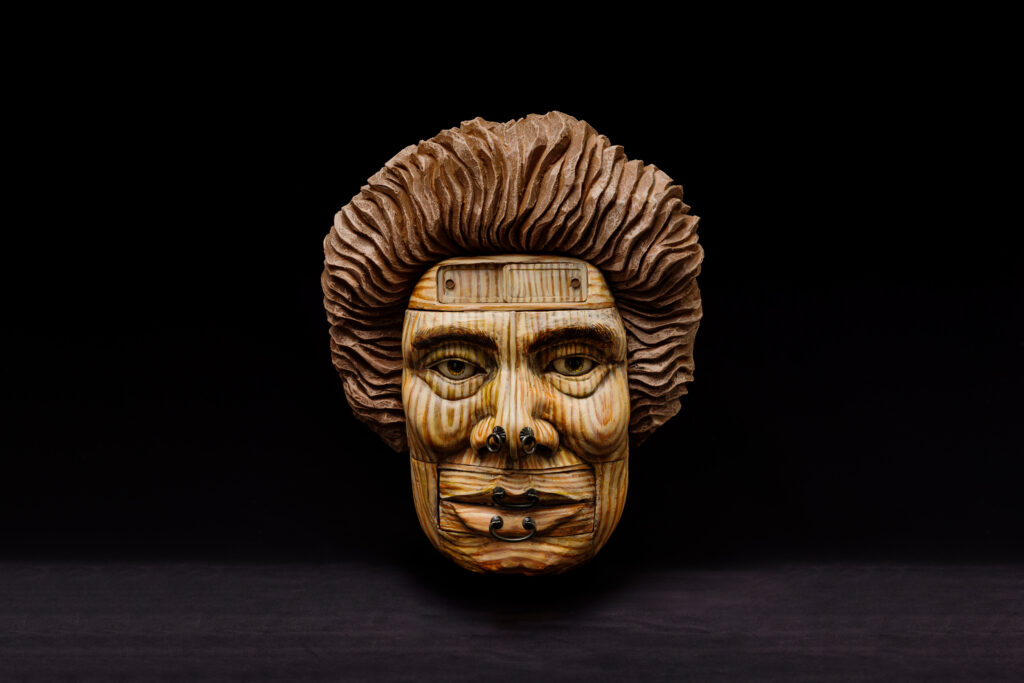
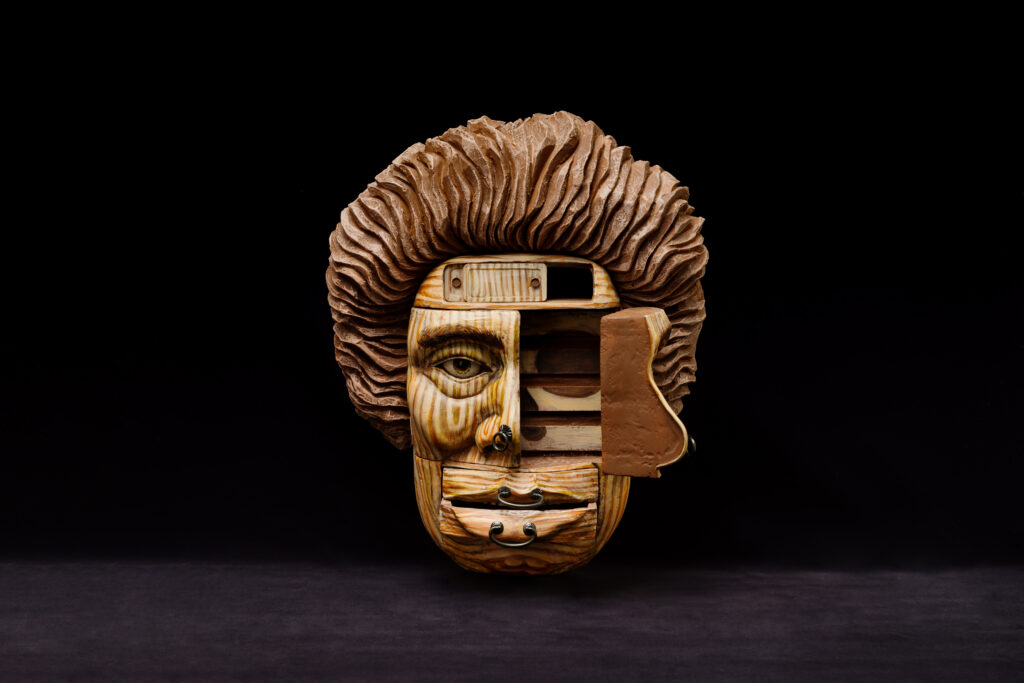
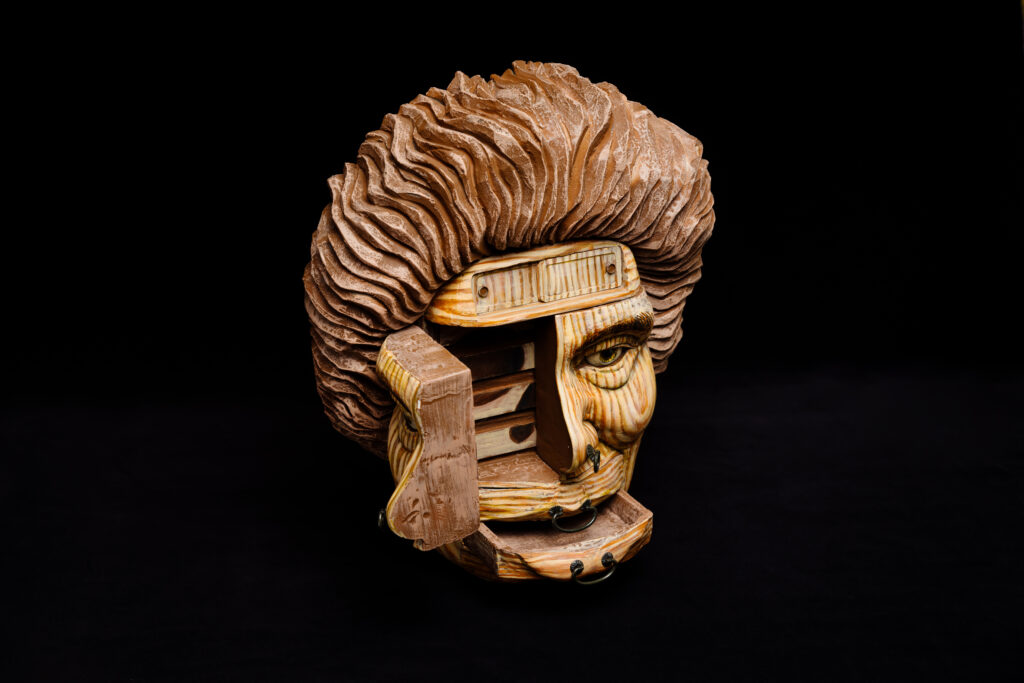
There were many paulownia chests shops in Kasukabe, and there was probably a shop called “Tansu no Kirijin”. I’ve only seen signboards, but I was often asked, *”Do you run the paulownia chest of drawers shop?”. So this idea came out easily. This time, I took a different approach by drawing the original picture based on the photo on the iPad Pro.
*Because if you write it in Kanji, the name of shop「たんすの桐仁」 and his name「片桐仁」 are similer.
I also bought a wooden sheet that can be attached to a curved surface, but in the end, it was painted with a brush. I really want a craftsman to make it about three times the size.(By Jin Katagiri)
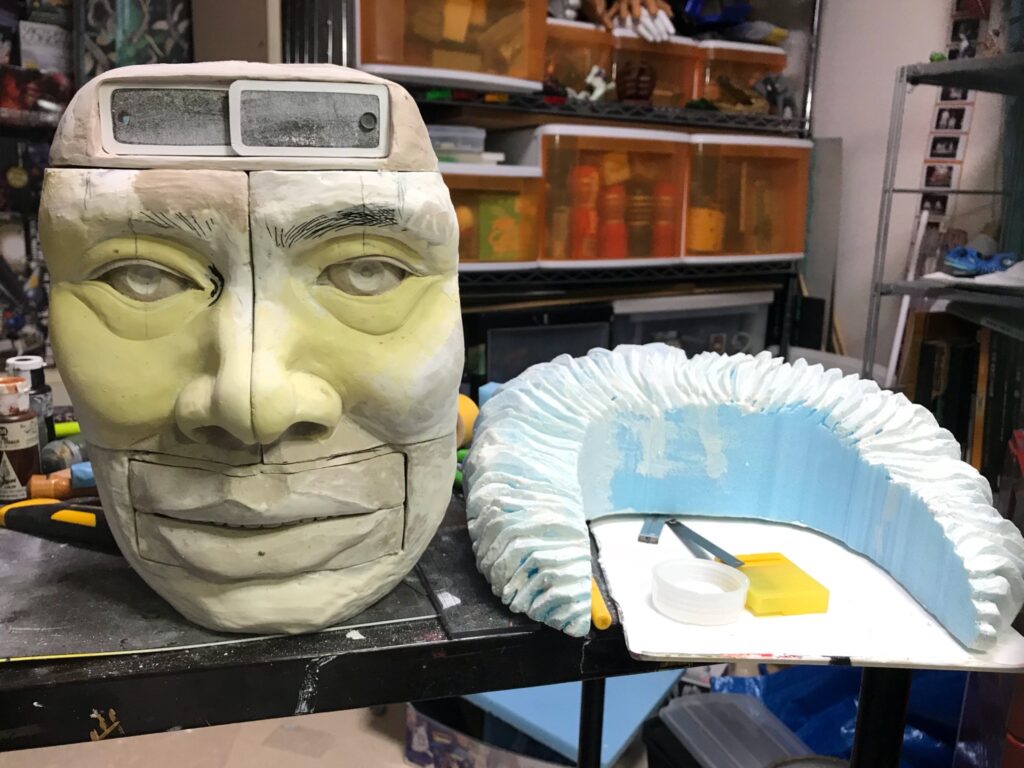
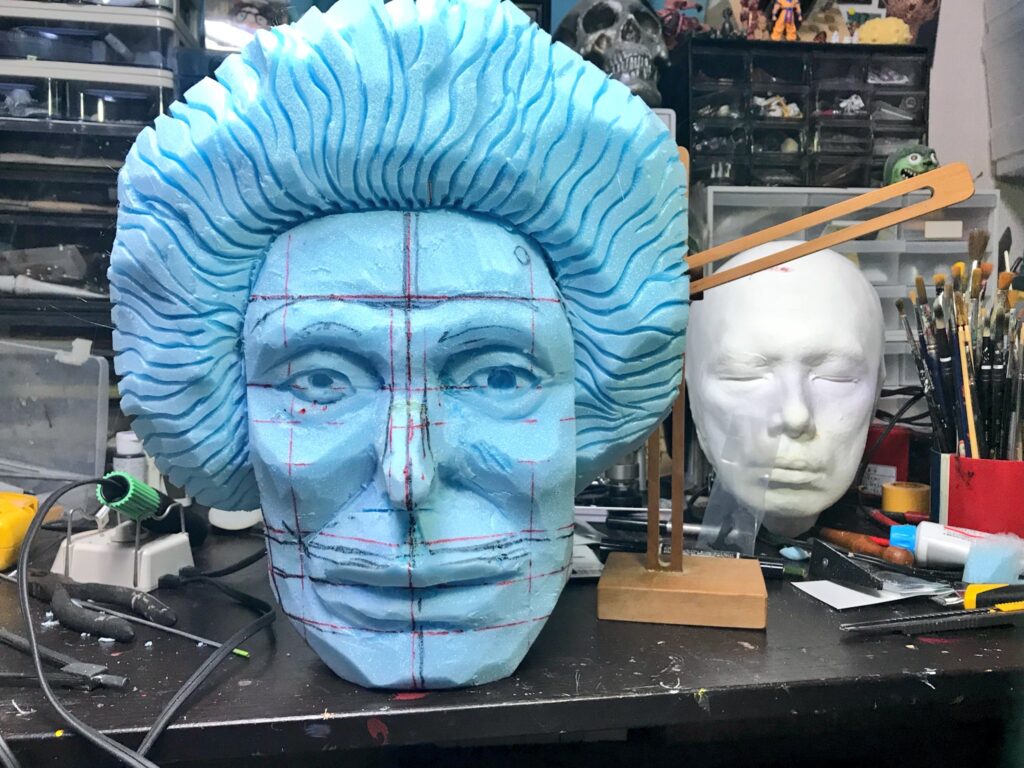
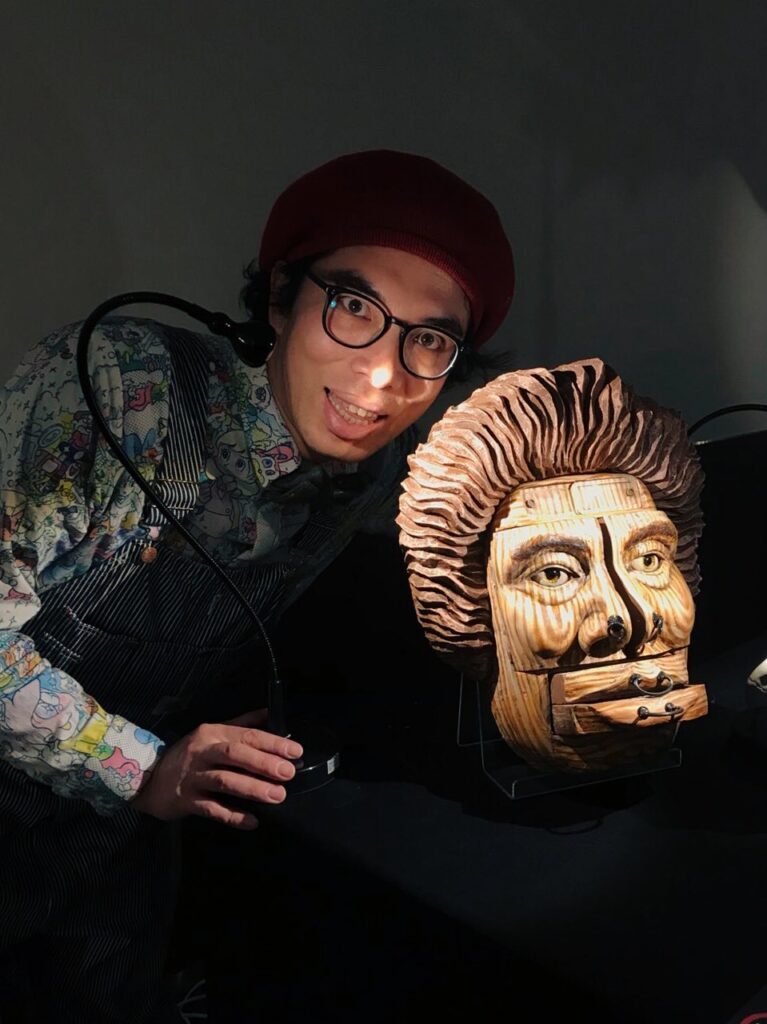
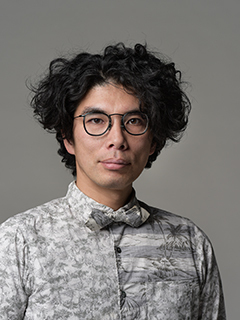
Jin Katagiri
Born November 27, 1973 / Born in Saitama Prefecture / Graduated from Tama Art University
Active in the stage, movies, radio, etc., mainly in TV dramas series. Major appearances in recent years include “99.9% -Criminal Lawyer-” (TBS), “Your Turn to Kill” (NTV), and “NHK Morning drama series Yell” (NHK).
In addition to acting, he also creates clay, and from 2016 to 2018 he held a national tour at the “Jin Katagiri Absurdity Clay Art Exhibit Giri Ten.” In 2019, he is holding his first overseas solo exhibition in Taiwan.
Kasukabe City is located in the eastern part of Saitama Prefecture. It is famous as the birthplace of the manga “Crayon Shin-chan”. Also, every May, one of Japan’s three major kite festivals, the “Kasukabe Large kite flying festival,” is held. It is a spring tradition in which hundreds of people work together to raise a large kite with a size of 100 tatami mats (length 15m x width 11m) to the sky, hoping for “healthy growth of children”.

Kasukabe City prospered and developed as a “*Kasukabe Juku“ that was established as the fourth *Shukubamachi on the Nikko Kaido during the Edo period. Around this time, craftsmen who gathered to build Nikko Toshogu settled in Kasukabe. It is said that it became a famous production area for “paulownia chests” and “paulownia boxes” as a result of starting to make *Sashimono (joinery) and accessories made from paulownia wood that can be harvested in the surrounding area.
*Kasukebe juku : Post-station town at Kasukabe
*Shukubamachi : Post-station town
*Sashimono: A general term for furniture and utensils made by combining boards, or their techniques.

Paulownia chests and furniture have a short history in Japan, and it is said that they have been used since the late Edo period (about 1781). Until then, it was stored in a closet using a *Kouri or a *furoshiki. When we ate rice, we took out a *Hakozen set and used it instead of a table. we laid out futons and slept, and when we woke up in the morning, we stored the futons in a closet, etc. I used to move necessary things without installing furniture in the room. Contrary to the hard and heavy installation furniture in Europe and the United States, it is said that a paulownia chest made of light paulownia wood, which is easy to move at any time, was born. Furthermore, it is said to be one of the reasons why paulownia chests, which are excellent in moisture resistance, insect resistance, and fire resistance, have been developed in Japanese houses that are made of wood and have high humidity.
*Kouri : A type of basket made by weaving bamboo, willow, rattan, etc.
*Furoshiki : A cloth with a shape close to a square for wrapping things and carrying and storing things.
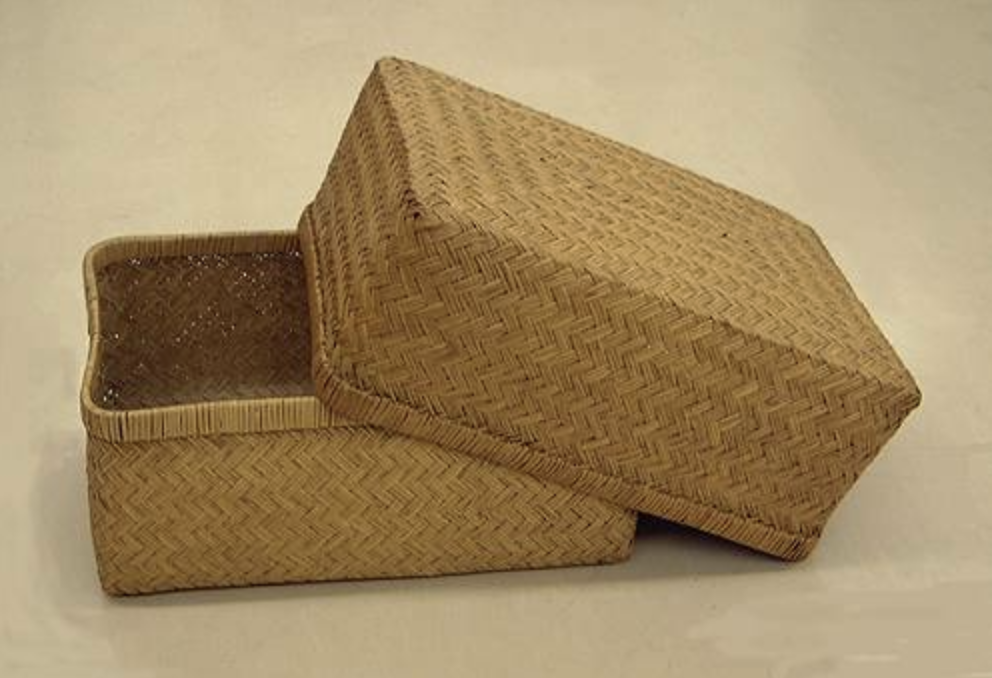

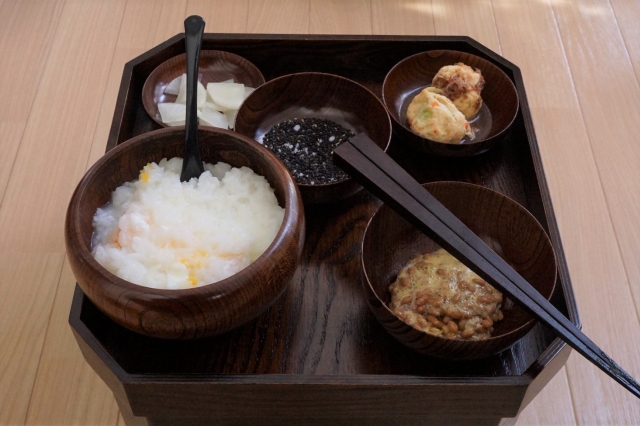

It is very interesting that Western countries and Japan develop in the opposite direction due to differences in the history and lifestyle of “furniture and tools”. A Furniture and tools have evolved into “more convenient, easy-to-use and lean designs” not only in Japan but around the world. On the other hand, Jin Katagiri is probably the only person in the world to present “a work that is difficult to use, surreal and humorous” by putting clay on sophisticated things.
Written by THAT IS GOOD editorial department Fujita